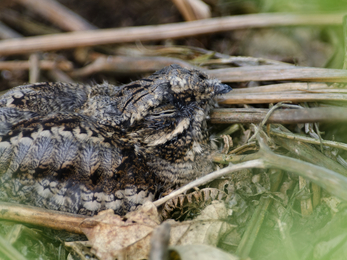In the UK, we are fortunate enough to have an emerald network of stunning nature sites. These are places that provide a home for some of the world’s most vulnerable animals and plants, helping to ensure their survival.
These places are now all at risk of being damaged - and potentially destroyed - by development. Others look set to die a slow death as a result of pollution, or gradual deterioration from habitat degradation, if the laws that protect them are lost. A new Bill is going through parliament now, that, if passed by parliament, will cancel all existing laws that derive from European Law by the end of 2023. Amongst this huge amount of legislation are the strongest of our environmental protections – the Habitats Regulations. These laws require the UK Government to produce and maintain a list of the sites that support the rarest habitats and species, and which therefore must be protected.
Known as Special Protection Areas and Special Areas of Conservation, these sites make up the emerald network for the UK and include habitats such as ancient forests, moors, river valleys, heaths and marshes. They can be as small as a single pond or encompass entire estuaries and islands, but what they all have in common is the importance of the nature they support. In many cases their wildlife is rare and threatened - and in some cases, it may be a significant proportion of the global population. These sites are the jewels in the crown for the UK’s wildlife.
Right now, the Habitats Regulations give these sites and the species that live in them the strongest possible protection from damage. Activities that could harm Special Protection Areas or Special Areas of Conservation must be rigorously assessed, and those that that would damage the sites are prohibited. In the most exceptional circumstances, if the need for development is so important that it overrides the need to protect these sites, then compensation habitat must be created to maintain the extent of the network and ensure the survival of species it supports.
How do the Habitats Regulations help?
The Thames Basin Heaths are a glorious area of wild countryside stretching across Berkshire, Surrey and Hampshire. They were made a Special Protection Area in 2005 to help protect the populations of nightjar, woodlark and Dartford warbler that live there. These birds nest on the ground and are easily disturbed, especially by inquisitive dogs. The sites are enjoyed by millions of visitors but plans to build much needed housing in the area risked increasing the number of visitors and the level of disturbance that the birds would suffer.






